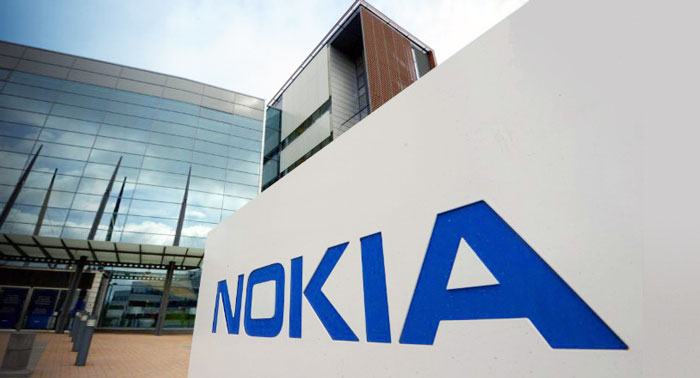SAN FRANCISCO – A war of words between Advanced Micro Devices and Intel is heating up as they vie to claim the advantage in creating a new generation of chips with four processing cores.
A week after AMD’s chief executive, Hector Ruiz, called Intel an «abusive Goliath» using monopoly tactics, his Intel counterpart responded Tuesday that the harsh words were those of a rival losing ground on a new battlefront.
«This is about bragging rights,» the Intel chief executive, Paul Otellini, said during an interview after his speech opening the three-day Intel Developers Forum, an annual event for makers of PCs and accessories.
Otellini announced that Intel would begin shipping its next generation quad-core processors for both high-end PCs and servers in November, at least six months before quad-core processors are due from AMD.
Advanced Micro was first to make dual-core chips, featuring two processors, an approach the industry has taken to gain performance without raising PC energy consumption. And in the last two years it has made significant inroads in Intel’s market share of desktop and server computers.
But Intel, despite a deep round of cost- cutting announced Sept. 6, is beginning to reverse its market-share decline based on the success of its first two generations of dual-core processors, analysts said.
«I think that Intel now has the initiative,» said Roger Kay, president of Endpoint Technology Associates, a computer industry consulting firm. «They’re hitting their deadlines and even pulling them in a bit.»
Intel’s success in quickly bringing to market several generations of multiple- core chips is reflected in its winning back customers like Rackable Systems, a server maker that had moved almost entirely to AMD.
«We’re hearing a lot behind the scenes about new customer wins for Intel during the next nine months,» said Richard Doherty, president of Envisioneering, a computer industry consulting firm in Seaford, New York.
Intel and AMD are taking different routes to the next generation.
On Monday night at a dinner for reporters in San Francisco, AMD’s chief technology officer, Phil Hester, displayed a test wafer holding prototypes of the company’s quad-core processor, to be commercially available in mid-2007.
AMD is beginning to focus on new designs that it is planning for 2008 based on its soon-to-be-completed acquisition of ATI Technologies, a maker of graphics coprocessors. By combining aspects of the two types of processors on a single chip, AMD will be able to create a more balanced system in the future, he said.
«This is not just technology for technology’s sake,» he said.
In contrast to Intel, which will initially make its quad-core processor by packing two connected dual-core chips in a single package, AMD will wait until its manufacturing process can achieve features as small as 65 nanometers, compared with the current 90, permitting it to place all four processor cores on a single chip.
Intel has a substantial lead in 65-nanometer manufacturing, and said Tuesday that it planned to add capacity in Arizona and Israel for a total investment of $9 billion in the most advanced generation of chip making. But the company decided to package two dual-core chips in a single package to gain a half-year lead in the new quad-core approach.
At a news conference, Otellini of Intel defended the approach, asserting that it would not result in any performance disadvantage. «The initial ones are multi- chip, but so what?» he said. «You guys are misreading the market if you think people care what’s in the package.»
Intel also announced that it was making quicker progress on an initiative it introduced at its annual developer conference last year to reduce the power required for processing by a factor of 10. «In 2008 we’ll meet our decade goal» of a 10 times reduction in power, he said.
According to Intel executives, this degree of power savings is needed to enable a future generation of ultra-light and portable computers.
Otellini also described a new research effort to build a processor capable of a trillion mathematical operations a second on a single piece of silicon. The research prototype, which contains 80 specialized math processors controlled by a single general processor, will be commercially available within five years, he said.
The project is an effort to match the processing power of what was in 1996 the fastest supercomputer. That machine was used by weapons designers and was composed of 10,000 Pentium microprocessors, occupied about 2,000 square feet, or 186 square meters, of floor space.
Judge dismisses AMD claims
Judge Joseph Farnan of the U.S. District Court in Delaware has dismissed a large portion of Advanced Micro Devices’ antitrust lawsuit against Intel, saying that U.S. law does not cover many of AMD’s claims, Reuters reported Tuesday from New York.
AMD accused Intel in its 2005 lawsuit of building up a dominant market share for some microprocessors by engaging in anticompetitive conduct.
Fuente: International Herlad Tribune, John Markoff


















